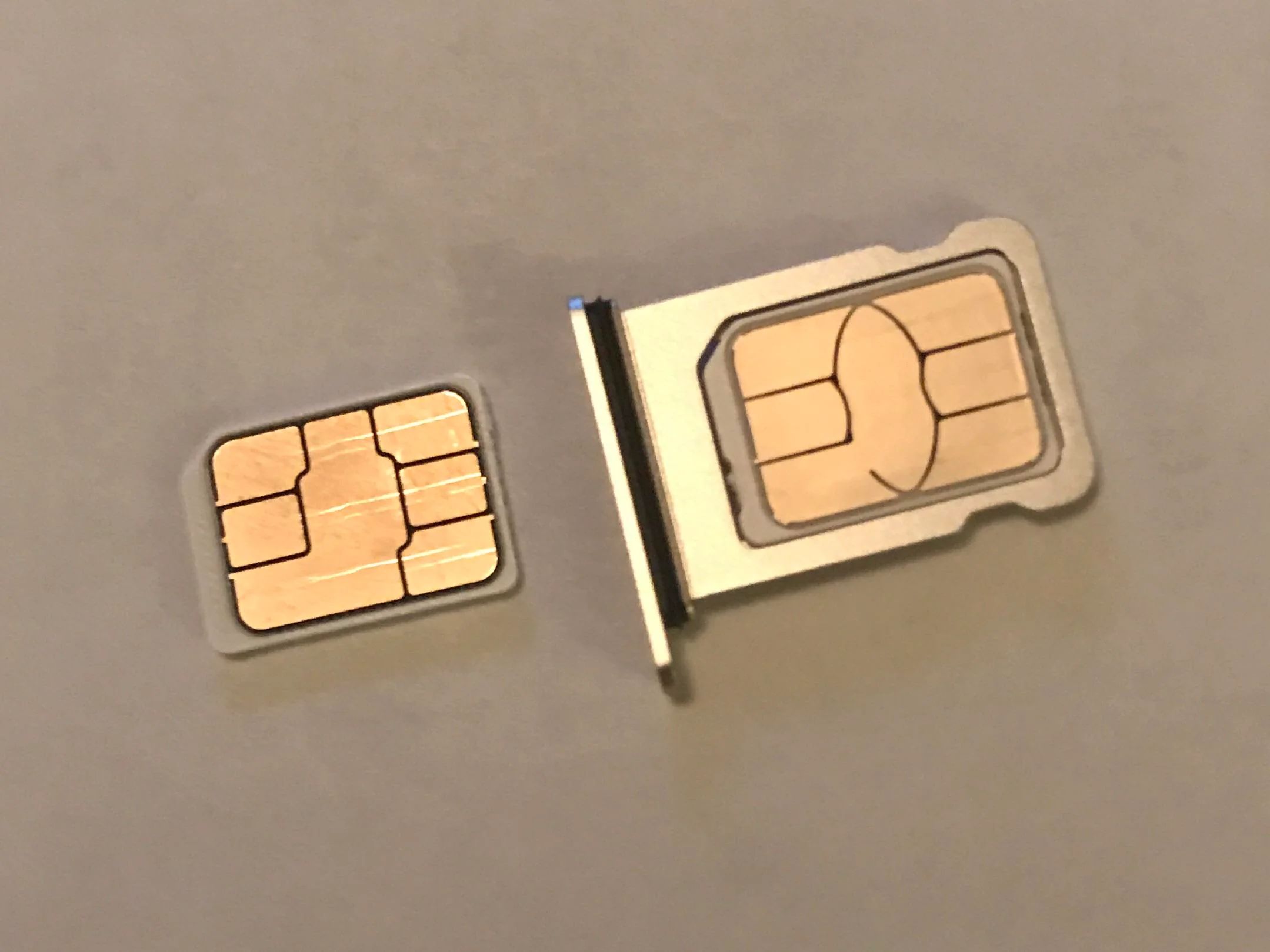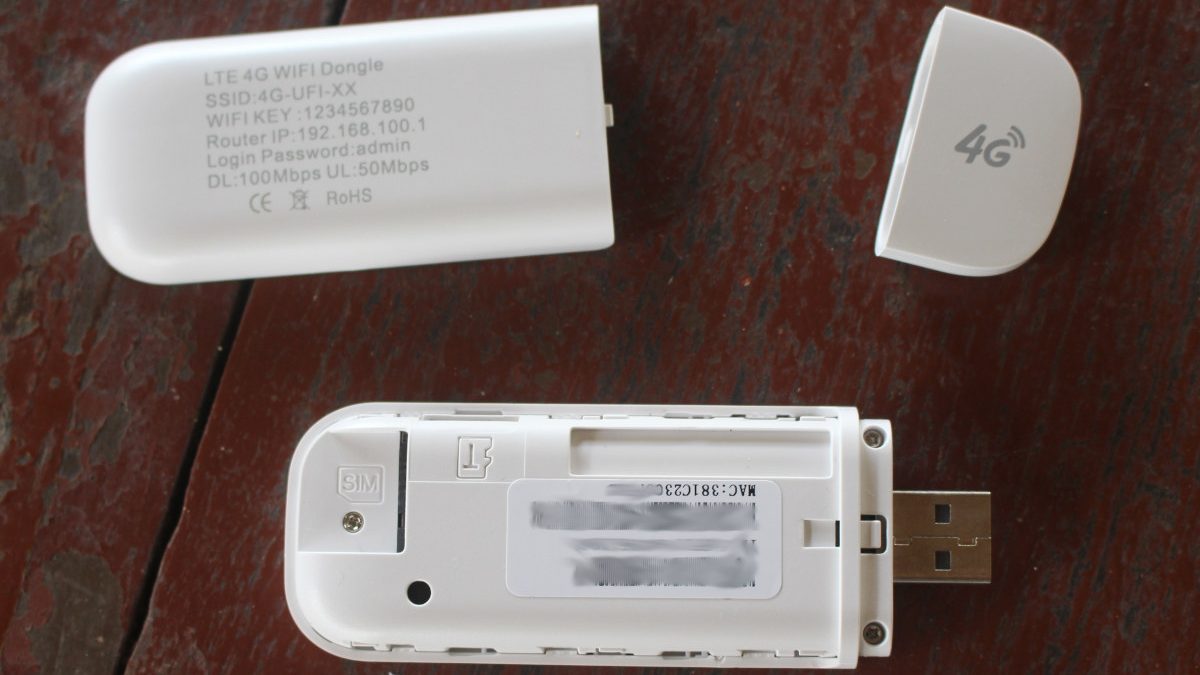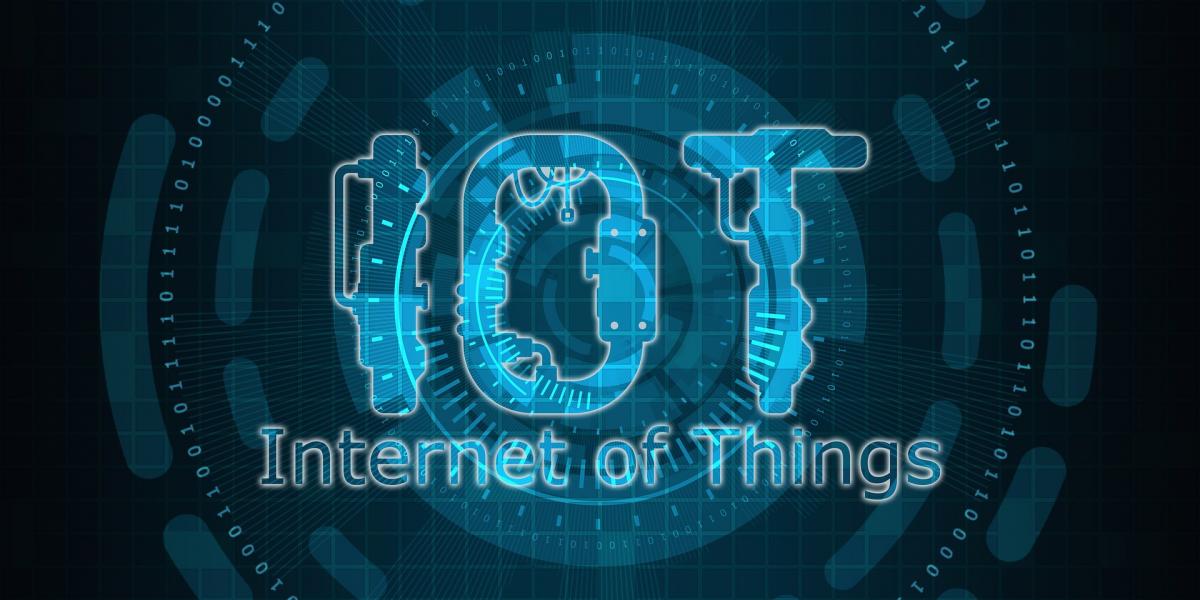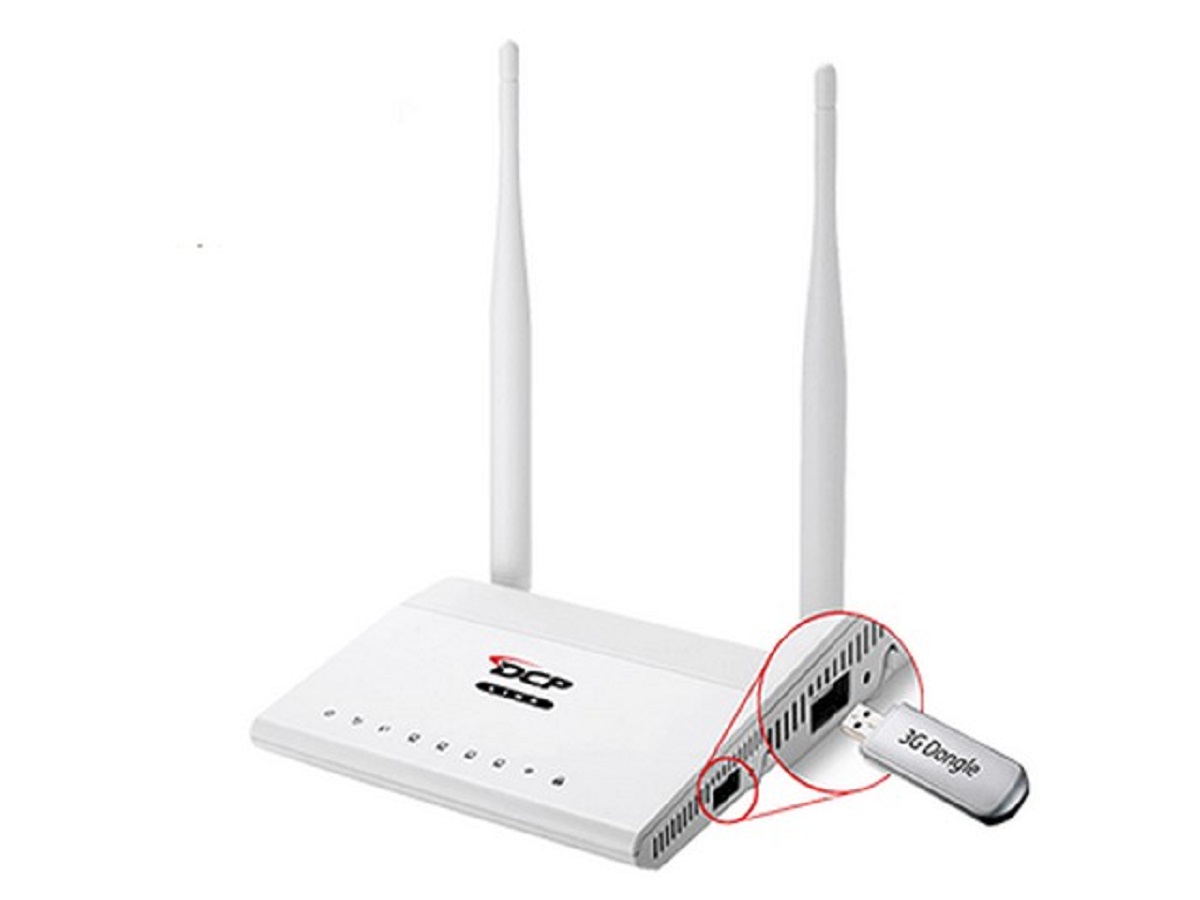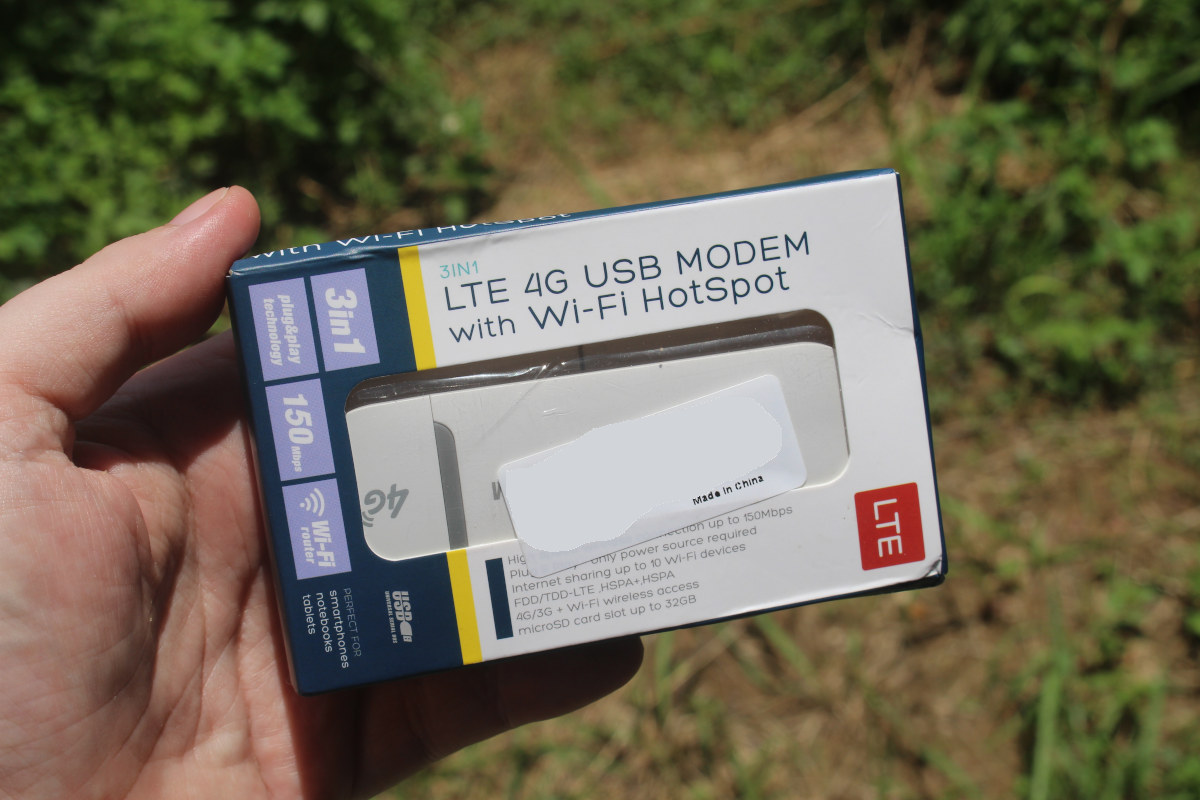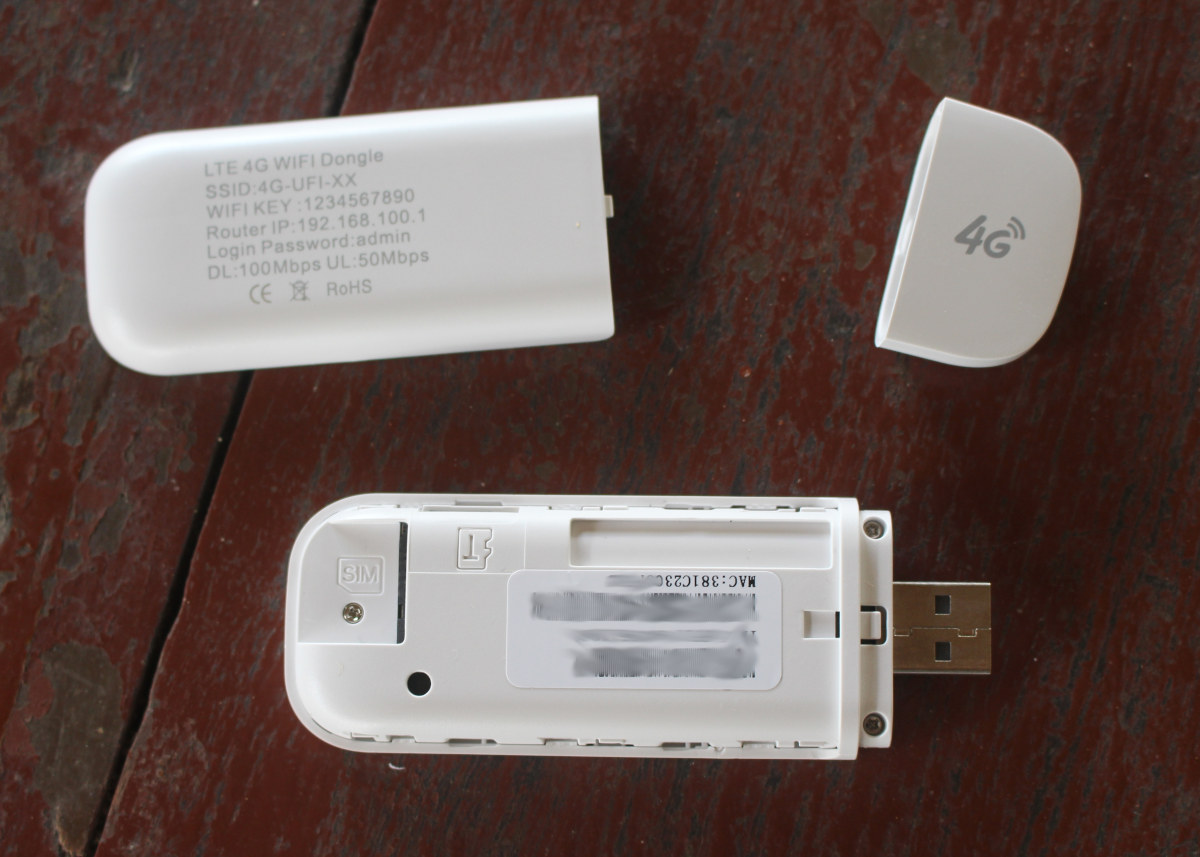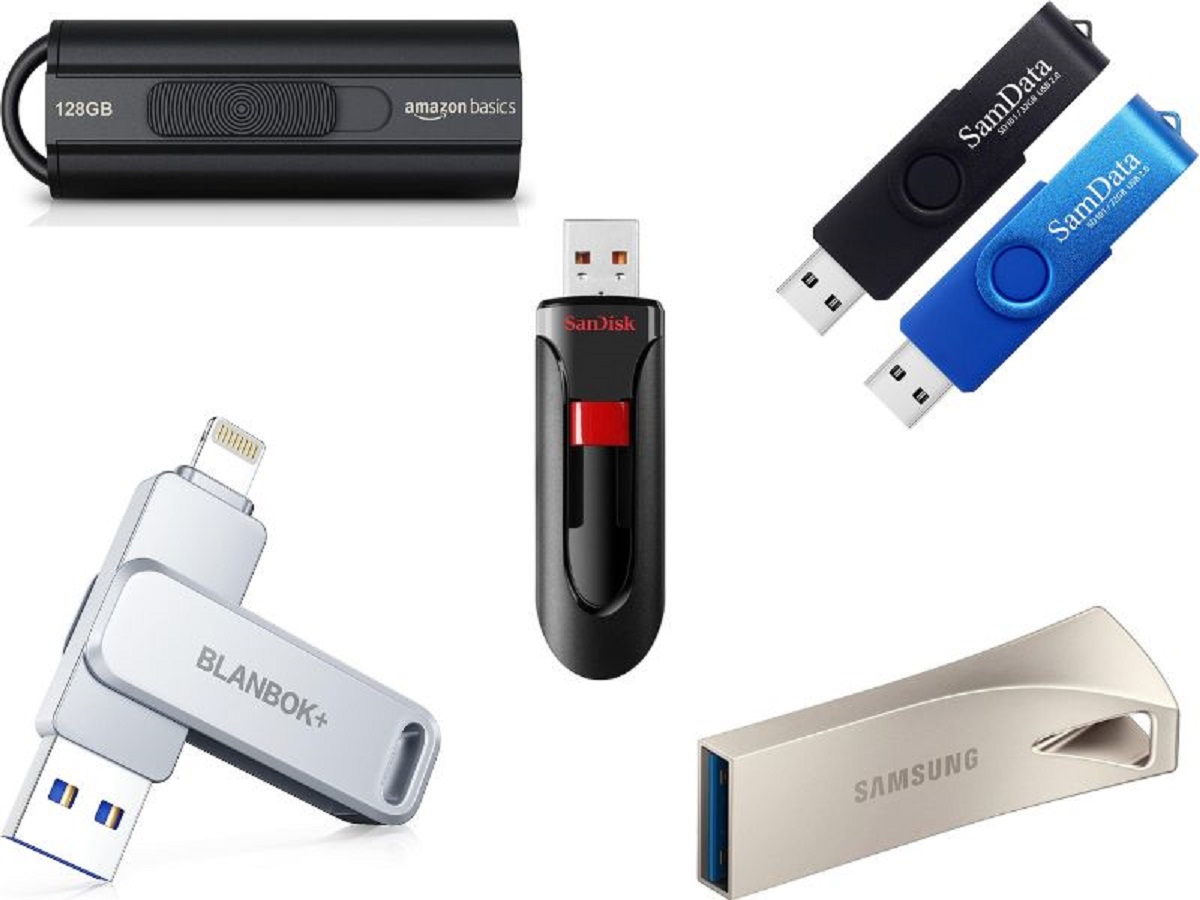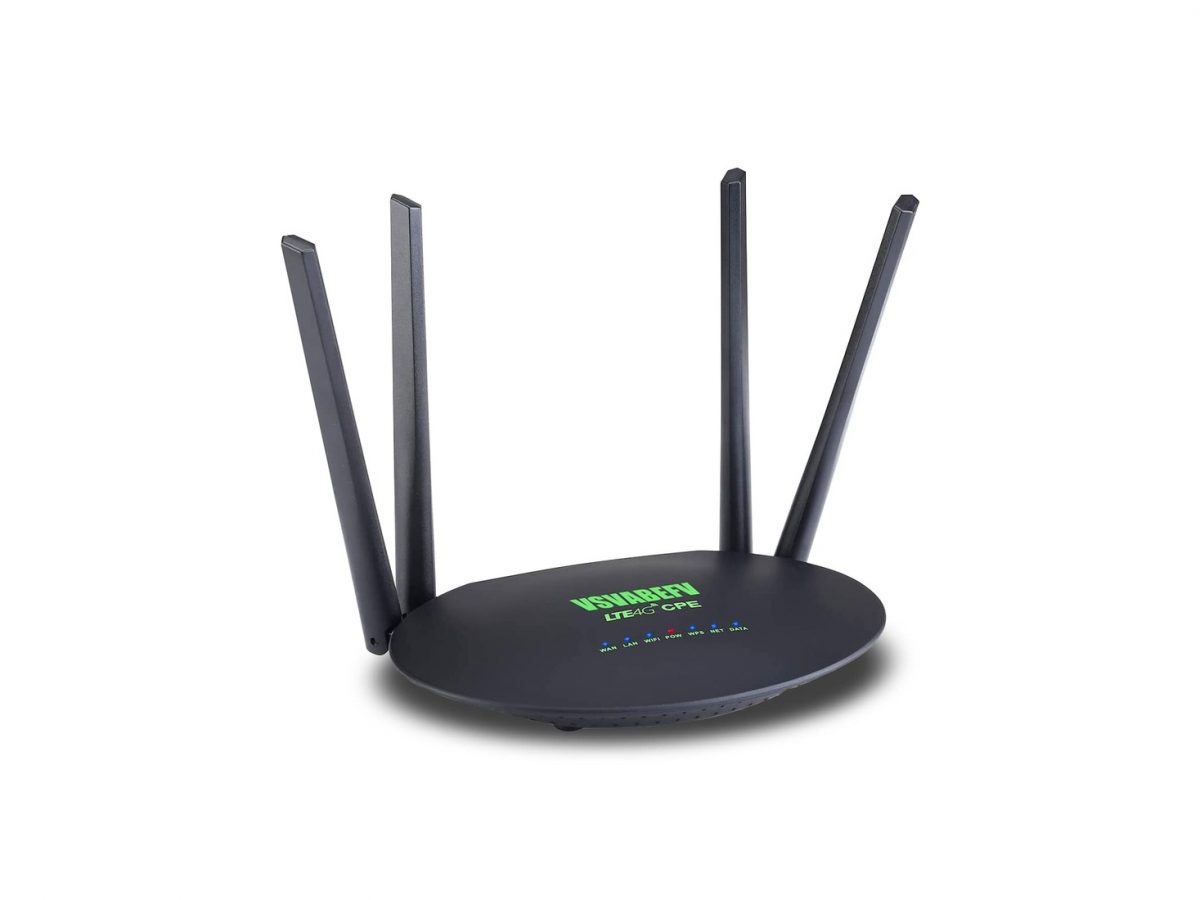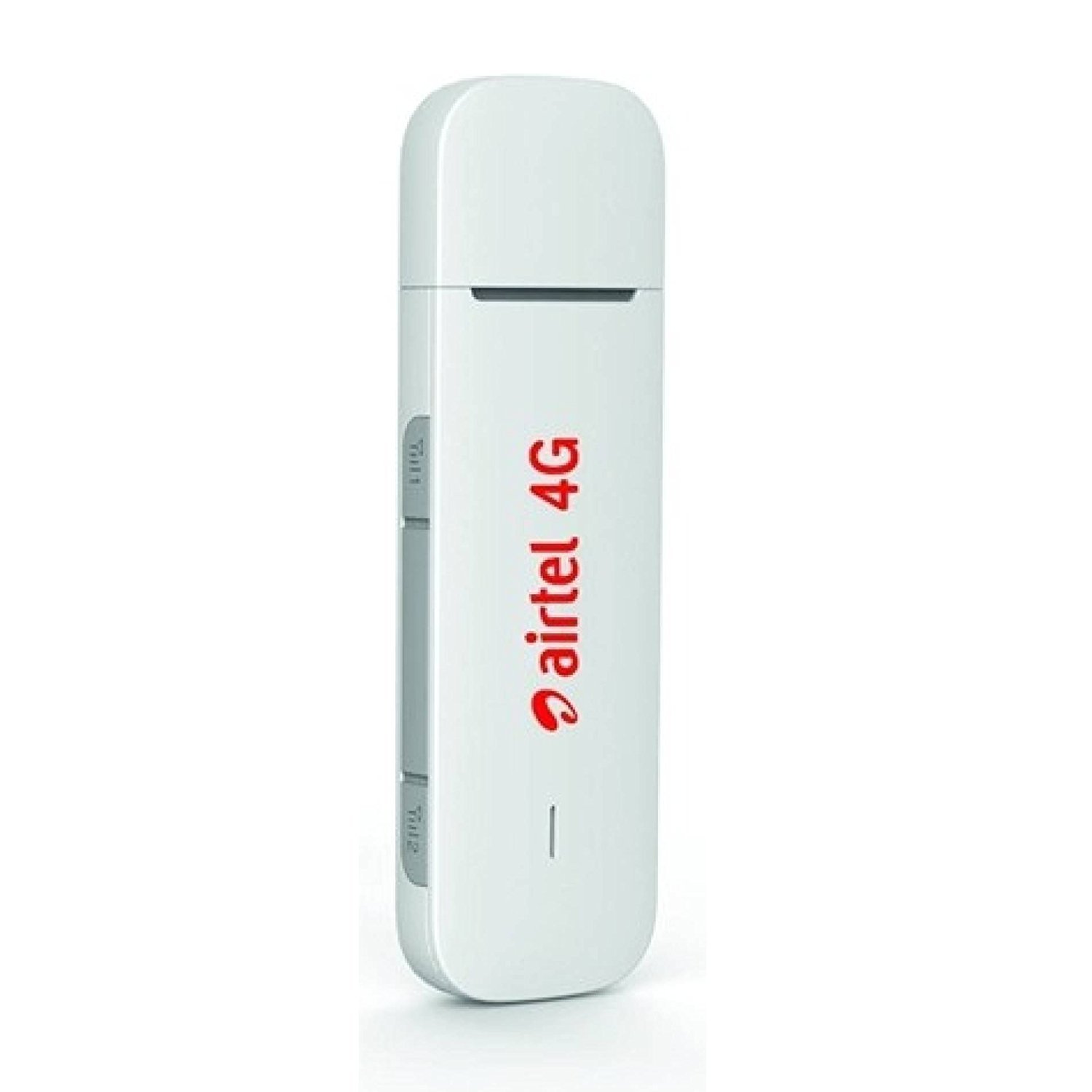What is a UMTS SIM Card?
A UMTS (Universal Mobile Telecommunications System) SIM (Subscriber Identity Module) card is a small, removable smart card that is inserted into mobile devices to authenticate the user and connect to the mobile network. This tiny yet powerful card plays a crucial role in enabling mobile communication and data services on UMTS-compatible devices.
Essentially, a UMTS SIM card serves as the digital identity of the user, containing unique information such as the International Mobile Subscriber Identity (IMSI), which is used to identify and authenticate the user on the mobile network. Additionally, it holds the authentication key (Ki) that is used to encrypt and decrypt communication between the device and the network, ensuring secure and private communication.
The UMTS SIM card is a marvel of modern technology, as it not only stores vital user information but also facilitates access to various mobile services. It allows users to make calls, send text messages, and access mobile data services, making it an indispensable component of the mobile ecosystem. Moreover, the UMTS SIM card can store contact information, SMS messages, and network-specific information, providing a seamless and personalized mobile experience for users.
In essence, the UMTS SIM card acts as the gateway to the mobile network, enabling users to access a myriad of services and functionalities. Its compact size belies its significance, as it forms the bedrock of secure and personalized mobile communication. Understanding the role and capabilities of the UMTS SIM card is essential for anyone seeking to harness the full potential of mobile technology and connectivity.
The Function of UMTS SIM Cards
The UMTS SIM card serves as a pivotal component in the realm of mobile communication, playing a multifaceted role that underpins the seamless operation of UMTS-compatible devices. At its core, the primary function of the UMTS SIM card is to authenticate the user and enable access to the mobile network. This authentication process is crucial for ensuring that only authorized users can utilize the network's services, thereby safeguarding the integrity and security of mobile communication.
In addition to user authentication, the UMTS SIM card stores essential information that enables the device to establish a connection with the mobile network. This includes the International Mobile Subscriber Identity (IMSI), a unique identifier that distinguishes each user within the network. The IMSI is utilized during the registration process, allowing the network to verify the user's identity and grant access to the network's services.
Furthermore, the UMTS SIM card contains the Authentication Key (Ki), a highly sensitive and encrypted code that plays a pivotal role in securing communication between the device and the network. This key is utilized to authenticate the device to the network and vice versa, ensuring that all data exchanges are encrypted and protected from unauthorized access. By leveraging the Ki, UMTS SIM cards contribute to the robust security measures that underpin mobile communication, safeguarding user privacy and sensitive information.
Beyond authentication and security, UMTS SIM cards also store network-specific information that enables devices to seamlessly roam across different networks. This functionality is particularly valuable for users who frequently travel or operate in areas with varying network coverage. The UMTS SIM card ensures that the device can connect to available networks, thereby enabling uninterrupted communication and access to mobile services.
Moreover, the UMTS SIM card acts as a repository for user-specific data, including contact information, SMS messages, and personalized settings. This feature enhances the user experience by enabling seamless access to personal data and preferences across different UMTS-compatible devices. Additionally, the UMTS SIM card facilitates the provision of value-added services, such as mobile banking and secure authentication for online services, further expanding its functional scope.
In summary, the UMTS SIM card functions as the linchpin of mobile connectivity, encompassing user authentication, network access, security, and personalized data storage. Its multifaceted role underscores its indispensability in the mobile ecosystem, empowering users with secure and seamless access to a diverse array of mobile services and functionalities.
UMTS SIM Card Features
The UMTS SIM card is imbued with a myriad of features that elevate its functionality beyond mere user authentication. These features are designed to enhance the user experience, fortify security measures, and enable seamless connectivity across UMTS-compatible devices and networks.
1. Storage Capacity
The UMTS SIM card boasts impressive storage capabilities, allowing it to retain a wealth of user-specific data. From contact information and SMS messages to network-specific settings and value-added service credentials, the SIM card serves as a secure repository for personalized data. This feature enables users to seamlessly transfer their SIM card to different devices while retaining access to their essential information, thereby promoting convenience and continuity in mobile communication.
2. Value-Added Services
In addition to its core functionalities, the UMTS SIM card supports the provisioning of value-added services that enrich the user experience. For instance, it facilitates secure authentication for mobile banking services, enabling users to conduct financial transactions with confidence. Moreover, the SIM card can be leveraged to provide secure access to online services, bolstering the overall security posture of digital interactions. These value-added services underscore the versatility and utility of the UMTS SIM card beyond traditional communication functions.
3. Network Compatibility
The UMTS SIM card is engineered to ensure seamless connectivity across diverse networks, enabling users to roam across different UMTS-compatible networks without impediment. This feature is particularly valuable for individuals who frequently travel or operate in areas with varying network coverage. By facilitating automatic network selection and authentication, the SIM card empowers users to stay connected regardless of their geographical location, thereby enhancing the accessibility and reliability of mobile communication.
4. Security Measures
One of the most critical features of the UMTS SIM card is its robust security measures, which are instrumental in safeguarding user privacy and sensitive data. The SIM card utilizes advanced encryption techniques, including the Authentication Key (Ki), to secure communication between the device and the network. This ensures that all data exchanges are protected from unauthorized access, bolstering the integrity of mobile communication and upholding user confidentiality.
5. Remote Management Capabilities
Modern UMTS SIM cards are equipped with remote management capabilities, allowing network operators to remotely provision and manage the SIM card's functionalities. This feature enables seamless updates, personalized service provisioning, and enhanced security measures, all of which can be administered remotely. By leveraging remote management capabilities, network operators can optimize the performance and security of UMTS SIM cards, ultimately enhancing the user experience and operational efficiency.
In essence, the UMTS SIM card encompasses a rich array of features that transcend its fundamental role in user authentication. From expansive storage capacity and support for value-added services to robust security measures and remote management capabilities, the SIM card stands as a cornerstone of mobile connectivity, empowering users with a versatile and secure platform for communication and digital interactions.
UMTS SIM Card Compatibility
UMTS SIM card compatibility is a pivotal aspect that directly influences the seamless operation and user experience across a diverse range of mobile devices and networks. The compatibility of UMTS SIM cards extends beyond the physical dimension of the card to encompass technological standards and network interoperability, ensuring that users can leverage the full potential of their UMTS-compatible devices without encountering compatibility constraints.
At its core, UMTS SIM card compatibility pertains to the ability of the SIM card to function effectively within UMTS-compatible devices, which encompass a broad spectrum of smartphones, tablets, and other mobile gadgets. This compatibility hinges on the physical form factor of the SIM card, with modern UMTS SIM cards adhering to the standard dimensions specified for mini, micro, and nano SIM cards. This adherence to standardized form factors enables UMTS SIM cards to seamlessly integrate into a myriad of UMTS-compatible devices, thereby facilitating widespread adoption and interoperability.
Furthermore, UMTS SIM card compatibility extends to technological standards, encompassing the UMTS (Universal Mobile Telecommunications System) and its associated network technologies. UMTS SIM cards are engineered to operate within the UMTS framework, leveraging the WCDMA (Wideband Code Division Multiple Access) air interface to facilitate high-speed data transmission and seamless voice communication. This compatibility with UMTS standards ensures that UMTS SIM cards can effectively harness the capabilities of UMTS networks, enabling users to access advanced mobile services and functionalities with ease.
In addition to device and technological compatibility, UMTS SIM card compatibility encompasses network interoperability, enabling the SIM card to seamlessly connect to diverse UMTS networks operated by different carriers. This interoperability is essential for users who traverse geographical regions serviced by various mobile operators, as it ensures that their UMTS-compatible devices can seamlessly roam across different networks without encountering connectivity impediments. The compatibility of UMTS SIM cards with multiple UMTS networks underscores their versatility and ubiquity, empowering users with unfettered access to mobile communication and data services.
Moreover, the evolution of UMTS SIM card technology has led to enhanced compatibility with emerging mobile technologies, such as LTE (Long-Term Evolution) and 5G networks. Modern UMTS SIM cards are designed to coexist within the broader ecosystem of mobile technologies, enabling users to transition seamlessly between UMTS, LTE, and 5G networks without sacrificing compatibility or functionality. This adaptability underscores the enduring relevance of UMTS SIM cards in the ever-evolving landscape of mobile communication, ensuring that users can harness the benefits of cutting-edge mobile technologies without compatibility constraints.
In summary, UMTS SIM card compatibility encompasses a multifaceted spectrum of device integration, technological adherence, network interoperability, and future-proofing within the dynamic realm of mobile communication. The compatibility of UMTS SIM cards underpins their pervasive adoption and enduring relevance, enabling users to leverage the full potential of their UMTS-compatible devices across diverse networks and technological landscapes.
UMTS SIM Card Security Measures
The security measures integrated into UMTS (Universal Mobile Telecommunications System) SIM (Subscriber Identity Module) cards are paramount for safeguarding user privacy, protecting sensitive data, and fortifying the integrity of mobile communication. These security measures are meticulously designed to mitigate vulnerabilities and ensure that UMTS SIM cards serve as resilient bastions of secure connectivity within the mobile ecosystem.
Key among the security measures employed by UMTS SIM cards is the utilization of advanced encryption techniques. The SIM card contains a unique Authentication Key (Ki), which is securely stored within the card and is utilized to authenticate the device to the network and vice versa. This key plays a pivotal role in encrypting communication between the device and the network, ensuring that all data exchanges are shielded from unauthorized access. By leveraging sophisticated encryption algorithms, UMTS SIM cards bolster the confidentiality and integrity of mobile communication, providing users with a secure platform for voice and data transmission.
Moreover, UMTS SIM cards implement stringent authentication protocols to verify the identity of users and devices accessing the network. During the registration process, the SIM card's International Mobile Subscriber Identity (IMSI) is utilized to authenticate the user to the network, thereby preventing unauthorized access. This robust authentication mechanism acts as a formidable barrier against unauthorized intrusion, ensuring that only legitimate users can avail themselves of the network's services.
In addition to encryption and authentication, UMTS SIM cards incorporate measures to counteract potential security threats and vulnerabilities. The SIM card's secure storage environment is fortified to resist tampering and unauthorized access, thereby safeguarding the sensitive information it contains. Furthermore, modern UMTS SIM cards are equipped with remote management capabilities, enabling network operators to remotely provision and manage the card's functionalities. This feature facilitates seamless updates, personalized service provisioning, and enhanced security measures, underscoring the proactive approach to maintaining the security posture of UMTS SIM cards.
The culmination of these security measures establishes UMTS SIM cards as bastions of secure connectivity, empowering users with the confidence that their mobile communication is shielded from unauthorized access and interception. By prioritizing robust encryption, stringent authentication, and proactive security measures, UMTS SIM cards uphold the sanctity of user privacy and data integrity, ensuring that mobile communication remains a steadfast bastion of security and trust.
These security measures are not only integral to the operation of UMTS SIM cards but also underpin the broader landscape of mobile communication, fostering a secure and resilient environment for users to harness the full potential of mobile connectivity.







